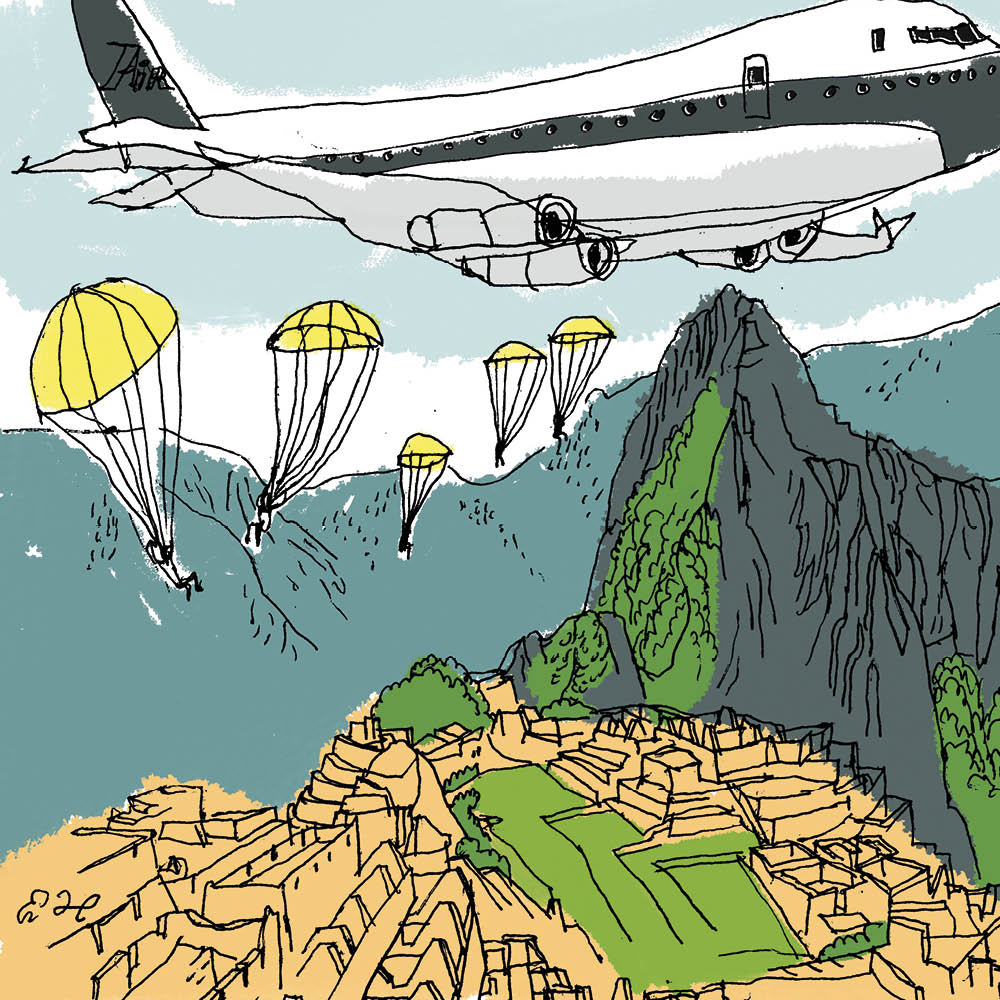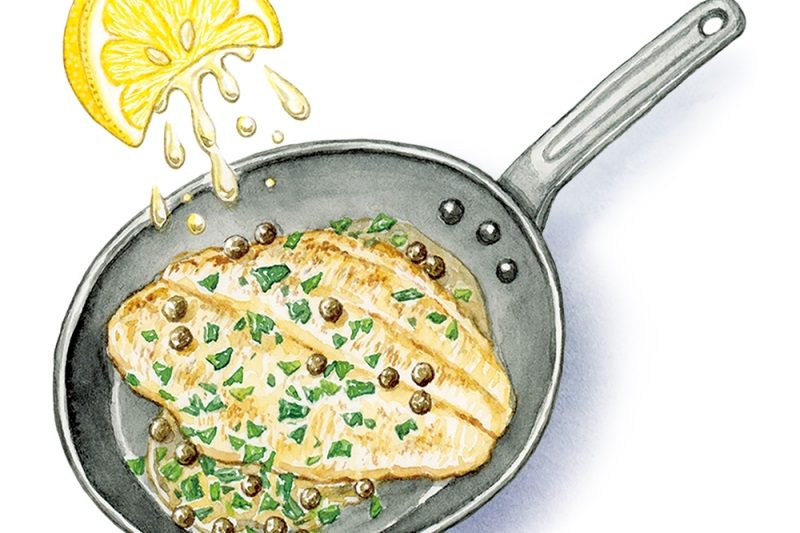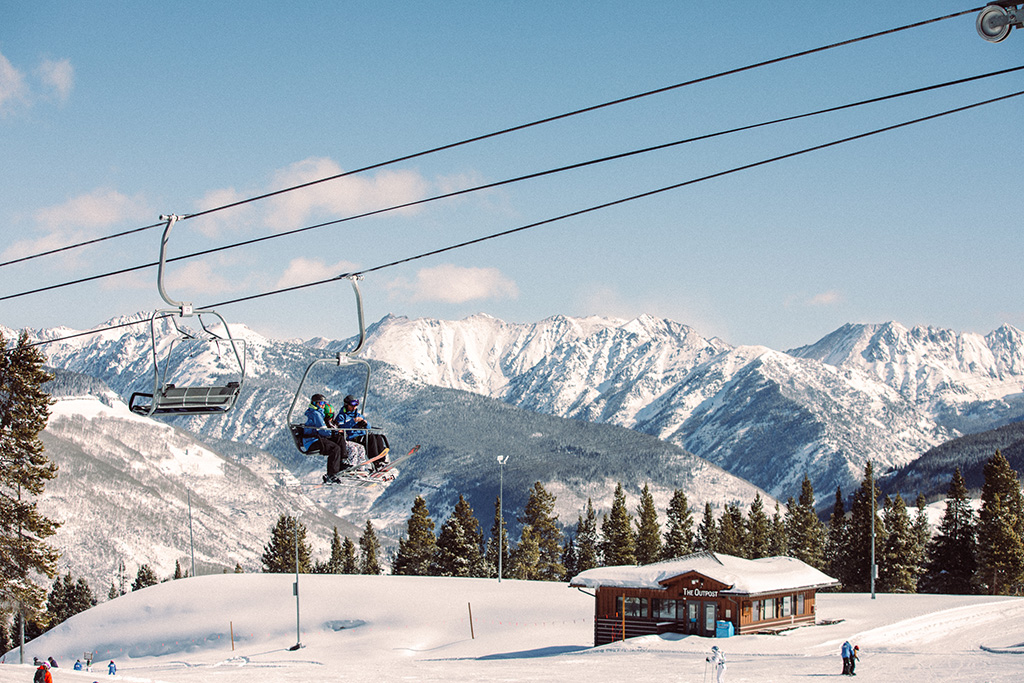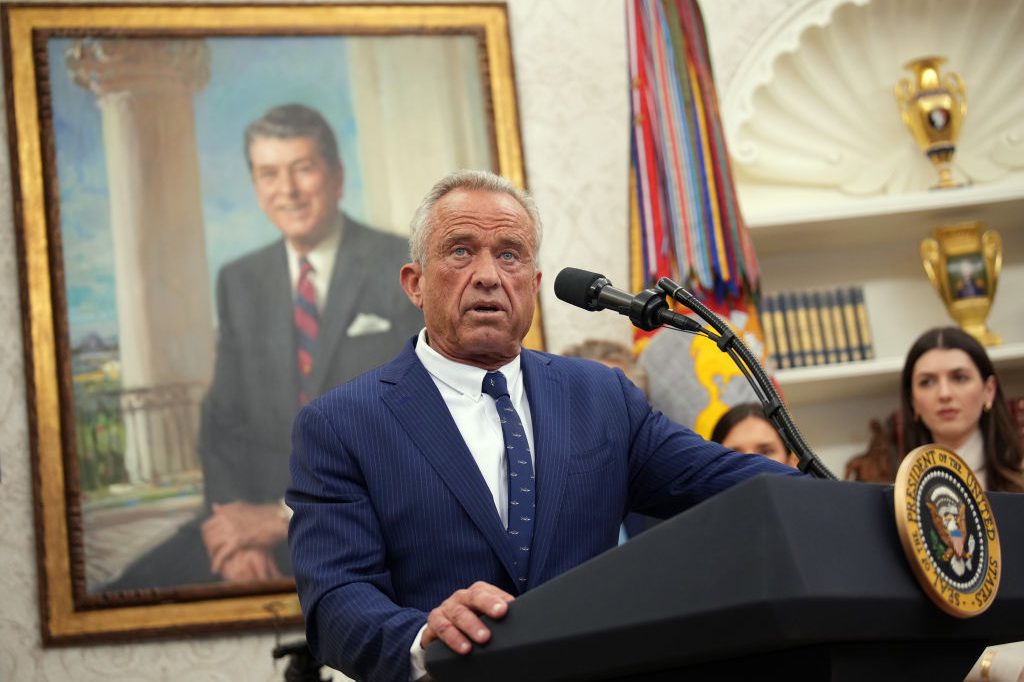“Did you get Peru’d?”
That’s the question my boss, who once lived there, always asks people when they return. The idiom implies that something has gone terribly wrong, because, so my boss argues, that’s inevitable during a visit to the land of the Inca. Lost luggage, food poisoning, petty theft: all of them, or worse, constitute being “Peru’d.”
During a recent happy hour, a colleague was describing how much she enjoyed her recent vacation to Lima and Cuzco. “Did you get Peru’d?” my boss queried. No, the woman asserted, she did not; it was a lovely trip. Another colleague piped in: “But didn’t you get Covid?” Well, yes, that’s true, she did get Covid. “You got Peru’d,” my boss decreed.
While planning a vacation — the first for just my wife and me in almost a decade — to Peru, I did everything in my power not to get Peru’d. I purchased plane tickets more than two months in advance. I scheduled reservations at the same hotels I had enjoyed during my own trip there in 2019. I purchased a tour in Cuzco from a reputable and recommended tour company. I identified highly rated restaurants my wife, who has celiac disease, could enjoy. I arranged for drivers.
A week before our flight to Peru, a friend asked me if Copa Airlines’s flights had been affected by the suspension of Boeing’s 737 MAX-9 after a door panel flew off one of the planes midflight. I hadn’t thought of that. After a little research, I discovered that although our flight to Lima was on a different, still operable aircraft, our return flight to Panama, where we live, was indeed on the dreaded MAX-9. Should we take our chances, since I’d already dropped a couple of thousand dollars on airfare, hotels and a tour of Machu Picchu?
Thankfully, two nights before our departure, Copa announced that their fleet of MAX-9 aircraft was cleared for flying. Crisis averted. Yet the next evening, as we packed our belongings after the kids were asleep, I realized my tourist passport only had three months until its expiration. Most countries require visitors to arrive with passports valid for at least six months. Had I Peru’d myself before we even got there?
Throwing an uncustomary caution to the wind for parents of five children ages ten and younger, we decided to risk it, hoping that perhaps the Peruvian immigration officials would exhibit some combination of indifference or sympathy. If not, we’d simply fly home. Yet sure enough, the next day I found myself at Jorge Chávez International Airport before an immigration official concernedly inspecting my passport. He told me that he would need to talk with his supervisor.
My wife and I waited against a wall, watching as water dripped through the ceiling onto the concrete floor a few feet in front of us. “Am I imagining things or does that smell like a toilet?” I asked my wife. After a few minutes, another immigration official approached. She explained that while my wife was free to enter Peru, I was not. I confessed my ignorance, pleaded with her and, showing my flight itinerary, noted that we were only staying in the country for four nights. The woman, annoyed, told me to wait, that she would go consult her supervisor.
The leak increased its pace, and based on its color and consistency, it became clearer that this was indeed a leak from a toilet from the floor above us. A janitor arrived, placed a bucket under the leak, and disappeared. Eventually the female customs official reappeared. “My supervisor has decided that because you already have a return ticket, you may enter the country,” she said curtly. “But you better be on that departing flight, and at the airport early!” Not giving Peruvian immigration an opportunity to change their minds, and eager to escape the ersatz commode filling up in front of us, we hurried to the exit, grabbed our luggage and met our driver.
I had been talking up Peru to my wife ever since my first visit five years before. As you descend into Lima, the city appears as a parched, ramshackle megalopolis. There is little, if any, green visible from above, and the desolate surrounding hills and mountains could pass as a backdrop for the Road Warrior series. Yet looks can be deceiving.
Take Miraflores, an affluent neighborhood that abuts the Pacific Ocean. Its Malecón, an elevated, six-mile pathway that overlooks the water, possesses not only stunning views, but also parks, outdoor athletic facilities, cafés and a bougie shopping center, Larcomar. A fifteen-minute walk from the Malecón into the city will take you to two parks: Parque Kennedy, curiously named after our late president, and Parque 7 de Junio. Saturday strollers in those greenspaces can gawk at extravagant weddings at the adjacent Parroquia La Virgen Milagrosa and then join the crowds watching dozens of tireless locals salsa in a small amphitheater.
And the city is bursting to the brim with amazing cuisine. Of course there is ceviche, which likely originated in the Moche coastal civilization nearly two thousand years ago, when locals began preparing their fish with the juice of a local passionfruit called tumbo. But Peru has given the world many other excellent dishes: lomo saltado, ají de gallina, causa rellena, pollo a la brasa, arroz chaufa, cau cau, to name but a few. Lima alone has thirty Michelin-starred restaurants.
Lima also has an impressive history. It was founded by conquistador Francisco Pizarro in 1535, a decade after his defeat of Incan emperor Atahualpa. Its old town, Ciudad de los Reyes, features the municipal palace and other magnificently constructed colonial-era buildings, as well as several remarkable ancient churches and monasteries. Three Dominican saints call Lima their home: St. Martín de Porres, St. John Macías and St. Rose of Lima — the first person born in the Americas to be canonized. She also happens to be my wife’s confirmation saint, and, through some bizarre, non-ecclesially-authorized set of circumstances, we possess a first-class relic of hers (a bone fragment), framed and resting on a wall in our living room.
Thus it seemed a matter of necessity that someday I would return to Lima with my bride and mother of my five children, to partake of its culture, cuisine and churches. Nor did the city disappoint: we strolled the Malecón both morning and evening, dined well (and comparatively inexpensively) and prayed in sacred spaces that existed before the English had a permanent colony in the Americas. Besides tours of the Metropolitan Cathedral and the Basilica and Convent of Santo Domingo, I’d heartily recommend grabbing a table and a pisco sour at the Museo del Pisco in the Plaza de Armas of Lima’s old town on a Saturday afternoon to people-watch. Various brass and pipe bands and indigenous dance groups — seemingly visiting from other parts of the country —march celebratorily through the square to the delight of passersby.
I’d argue that Lima alone is worth the price of admission to Peru. But once there, it would be a waste not to secure a one-hour flight to Cuzco, from which tourists can take a train to Aguas Calientes, the hamlet that rests below Machu Picchu, the Incan citadel declared in 2007 one of the “New Seven Wonders of the World.” It’s not just for the customary photo at Machu Picchu with the Andes as your backdrop — though even this selfie-averse traveler once relented when asked by his tour guide. The fascinating history of the monument and its Western “discovery” by Yale lecturer Hiram Bingham III in 1911, its mysterious isolation amid such arresting natural beauty and the slight chance the clouds will briefly part, enlivening the ruins with piercing sunlight, all make Machu Picchu worth the added effort (and money).
The day before our flight to Cuzco, the travel agency alerted me to a small, unprecedented problem: protesters upset over a new ticketing system had blocked the train to Aguas Calientes, the primary route to Machu Picchu. The likelihood of actually visiting the “Lost City of the Incas” was slim. Did we want to reschedule, with hopes the line would reopen in a few days? That, of course, was out of the question, I explained to the tour company, with the image of that impatient customs official forefront in my mind. So, once again, we risked it.
The flight into the Andes and Cuzco is itself a marvel. At one point my startled wife had to turn her head away from the window as the plane tightly curved around a snow-covered peak. I had arranged for us to stay at a delightful seventeenth-century Spanish colonial mansion converted into a hotel, its ancient courtyard connecting the lobby to the restaurant and adjacent rooms.
Yet within an hour after our arrival, we encountered a problem — both of us were short of breath. We had taken altitude sickness medication before leaving Lima, but its effect seemed marginal. Am I that old, I thought? (Yes, I am.) The travel agency called me again — the way to Machu Picchu remained closed, but they could offer us an alternative tour of other Incan sites. Helpless, we agreed. After cocktails and an early dinner we turned in, or tried to. Our breathing troubles persisted, and we slept horribly as hipster revelers partied well past midnight.
The next morning a van picked us up and we headed toward the mountains. I was sitting in the back with my wife, and the winding Andean roads started to do a number on my insides. By mid-morning, I felt like I had endured a dozen roller coaster rides with a stomach full of fried dough. After stopping at a couple of archaeological sites and old Incan villages, I asked to sit up front and tried anticipating the driver’s turns. Our sympathetic guide suggested distracting me by playing a game of “Is that animal on the roadside an alpaca or a llama?” (I was always wrong.) Dizzy, nauseated and thoroughly discouraged by my zoological ignorance, I asked myself: “How much am I paying to subject myself to this?” My hardy wife, however, when I could stomach turning back to look at her, seemed cheerful enough, admiring the view during the long ride back to town.
We spent our remaining time in Cuzco wandering its cobblestone streets, visiting historical sites such as its cathedral and Dominican convent and trying to hold food down. For all its colonial architectural charm, the town is reminiscent of the worst tourist traps of southeast Asia, its streets flooded with women offering massages and aggressive men selling tours and trinkets. Western visitors, in turn, are the typical mix of guided groups of cargo-wearing retirees and unwashed, elephant pants-clad backpackers in search of mystical (or sexual) experiences.
Over salchipapa — a local street dish of sausages and French fries — I apologized to my wife for all the stress of our Peruvian adventure. She reminded me that as I had absolved her of all planning, the stress was mine more than hers: deficient aircraft, expiring passports, Peruvian protesters blocking a site that didn’t terribly interest her and a bucolic van ride through the Andes that turned into a disaster for my belly. My wife, on the other hand, had spent four nights away from screaming children, eaten the best Latin food of her life and peacefully gazed, cocktail in hand, over the Pacific Ocean. Married mothers, I’m learning, may not be so hard to please.
The next day, we landed back in Lima and marched through customs without difficulty, sights on the international terminal that would take us home. My appetite returned, I devoured a beef empanada and a local craft beer at the gate as we waited to board. Sure, I’d been Peru’d. Hell, I had Peru’d myself, given my imprudent truancy with renewing my passport. But if pleasing the overworked, all-deserving mother of your children is the goal, I must say, it was worth it.
This article was originally published in The Spectator’s July 2024 World edition.























Leave a Reply